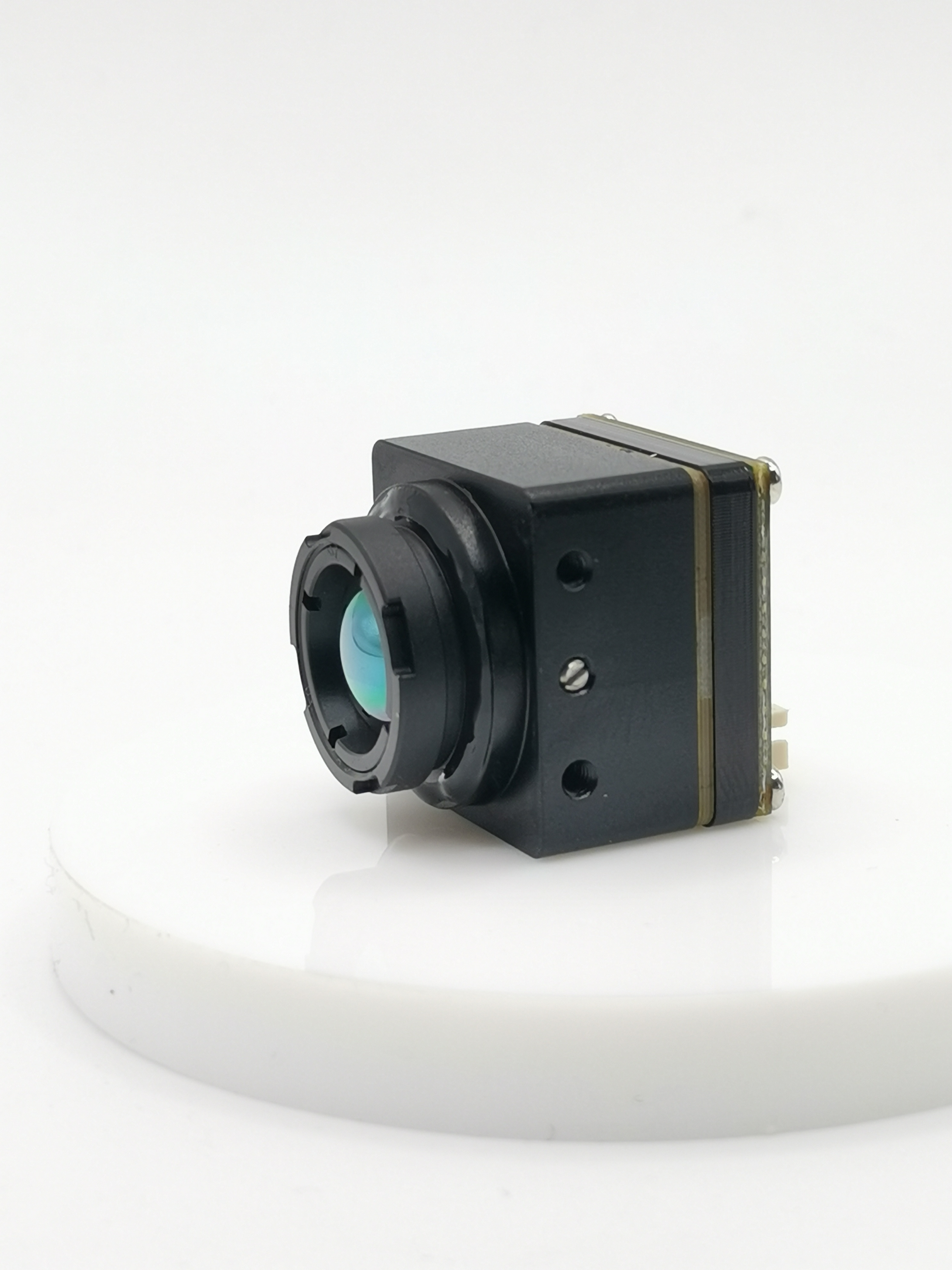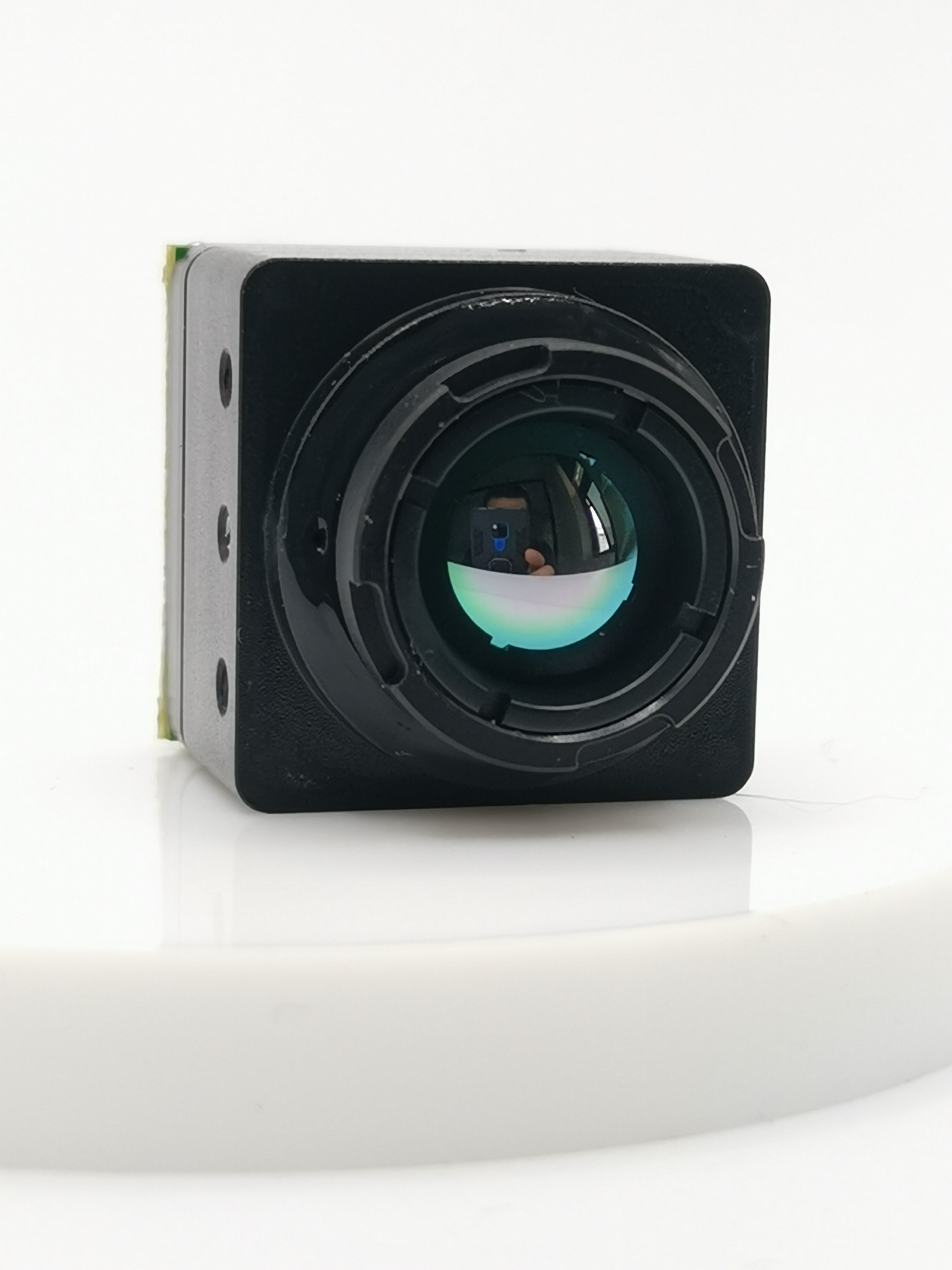How to Choose the Best Thermal Print Camera for Your Needs

When considering a thermal print camera, it is vital to understand the significant impact it can have on your temperature measurement accuracy. By evaluating factors like lens versatility, resolution, and focus accuracy, you pave the way for precise thermal imaging results. The global market for used thermal cameras is on a steady rise, with projections indicating substantial growth in the coming years. As you delve into choosing the right used thermal imaging camera, keep in mind its role in various industries and technological advancements driving its demand.
Understand the Temperature Range
When selecting a thermal print camera, understanding the temperature range it can measure is crucial. This aspect directly impacts the camera's versatility and suitability for your specific needs. By considering the temperature range, you ensure accurate and reliable thermal imaging results tailored to your requirements.
Importance of Temperature Range
To begin with, measure different temperatures accurately is essential for various applications. Whether you need to detect minor temperature variations or extreme heat levels, having a camera that covers a wide temperature range ensures no detail goes unnoticed. Additionally, matching the camera to your needs guarantees optimal performance in diverse settings.
Evaluating Temperature Range
When evaluating a thermal print camera, it's vital to check specifications related to its temperature capabilities. Look for cameras that align with your temperature measurement requirements to achieve precise results. Furthermore, comparing models allows you to identify the best fit for your intended applications based on their temperature range coverage.
Consider the Spectral Range and Sensitivity
When it comes to selecting a thermal print camera, understanding the significance of the spectral range and sensitivity is paramount. By evaluating these factors, you ensure optimal performance tailored to your specific needs.
Spectral Range Significance
Detecting various materials with precision is a key advantage of considering the spectral range. Different materials emit thermal radiation differently, and having a camera that can capture this variation ensures accurate identification. Matching the camera's spectral range to your application requirements guarantees reliable results in diverse scenarios.
Detect Various Materials
Capture unique thermal signatures
Identify material variances effectively
Enhance accuracy in material detection
Match Application Requirements
Ensure compatibility with specific industry needs
Optimize thermal imaging for distinct applications
Improve overall performance based on application demands
Sensitivity (NETD) Importance
Understanding the importance of sensitivity, particularly NETD, is crucial in selecting the right thermal print camera. High sensitivity offers benefits such as sharper images and enhanced clarity, enabling you to detect even minor temperature variations effectively.
High Sensitivity Benefits
Achieve sharper thermal images
Enhance clarity for detailed analysis
Detect subtle temperature changes accurately
Application-Specific Sensitivity
Tailor sensitivity to match application demands
Optimize thermal imaging for specific tasks
Improve overall performance based on application requirements
Evaluate Resolution, Optics, and Focus

When it comes to thermal print camera selection, the resolution plays a crucial role in delivering precise thermal images. Higher resolution ensures sharper and more accurate details in each image captured. This sharpness enables better decision-making based on the visual data provided.
Resolution Impact
Achieve sharper thermal images for detailed analysis
Enhance accuracy in detecting temperature variations effectively
Image Clarity
A higher resolution results in clearer images, allowing you to identify even the smallest temperature differences accurately. This clarity is essential for various applications where precision is key.
Detail Detection
With increased resolution, the camera can detect finer details within the thermal image. This level of detail detection enhances your ability to analyze specific areas with precision.
Optics and Field of View (FOV)
The optics and field of view (FOV) are significant considerations when choosing a used thermal imaging camera. Understanding the difference between wide and narrow FOV helps determine the camera's suitability for your specific application requirements.
Wide vs. Narrow FOV
Wide FOV covers larger areas for comprehensive analysis
Narrow FOV focuses on specific details within a smaller area
Application Suitability
Matching the camera's FOV to your application needs ensures optimal performance tailored to your industry requirements. Consider the type of analysis you conduct to select the most suitable FOV for efficient thermal imaging.
Focus Capability
The focus capability of a thermal print camera impacts its usability and efficiency during operation. Evaluating whether manual or automatic focus best suits your needs is essential for seamless thermal imaging processes.
Manual vs. Automatic Focus
Manual focus allows precise adjustment based on user preference
Automatic focus simplifies operation for quick and accurate results
Ease of Use
Choosing a camera with an easy-to-use focus mechanism enhances user experience and overall efficiency when capturing thermal images. The focus capability directly influences how conveniently you can achieve clear and focused results.
Recap: Reflect on the significance of temperature range, spectral range, sensitivity, resolution, optics, and focus in choosing a thermal print camera.
Encourage: Embrace these factors to make an informed decision tailored to your specific needs and applications.
Action: Take the next step towards acquiring a thermal print camera that guarantees precise thermal imaging results for various purposes. Start benefiting from its versatility and ease of use today!
See Also
Selecting the Top Thermal Imaging Drone for Aerial Thermography
Picking the Finest FPV Thermal Camera for Your Drone
Choosing the Optimal FPV Thermal Camera for Drone Imaging
Deciding on the Best Thermal Camera for FPV Drone Technology
Selecting the Best FPV Thermal Camera for Drone Monitoring and Imaging
Contact Us: Ms. Coco Huang
E-mail: sales@iasun.cn
WhatsApp/Wechat: +86 13510421923

